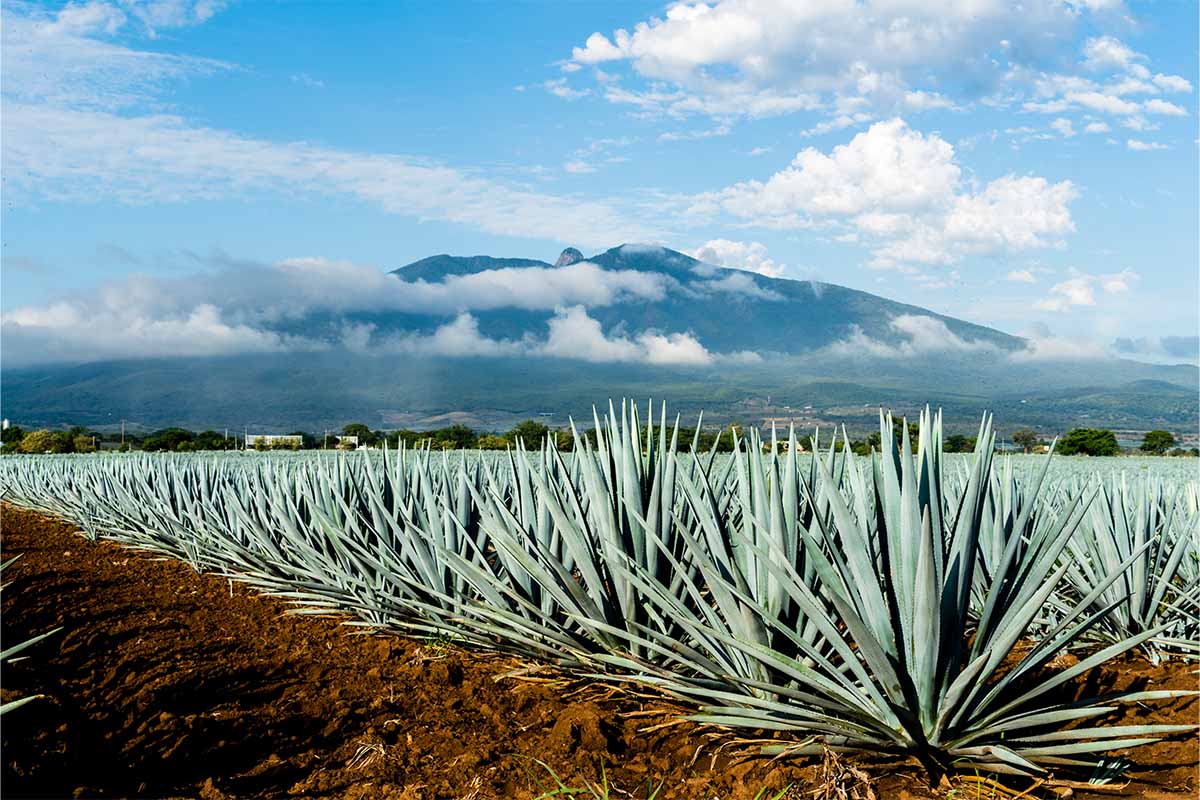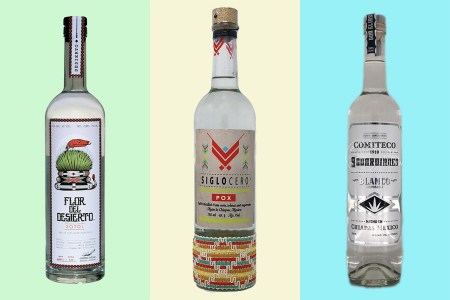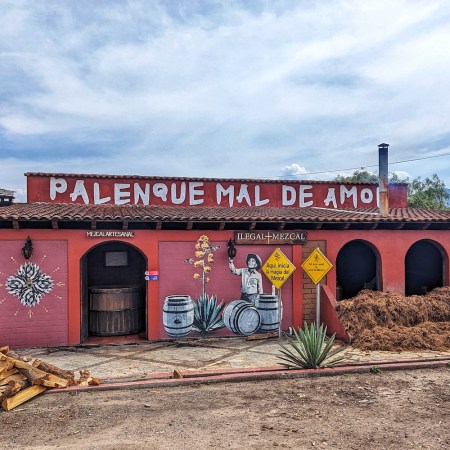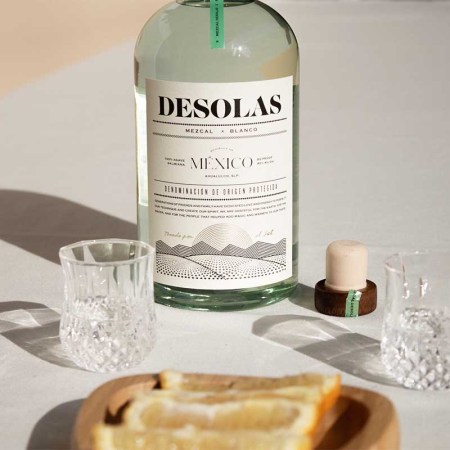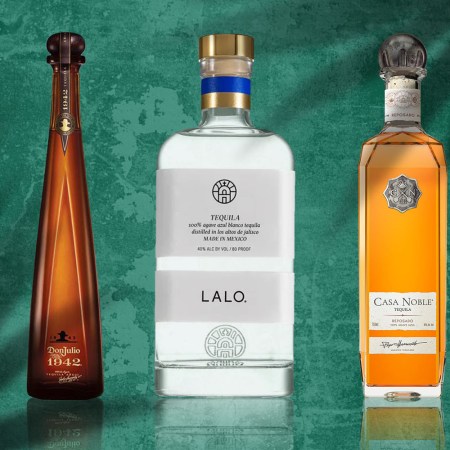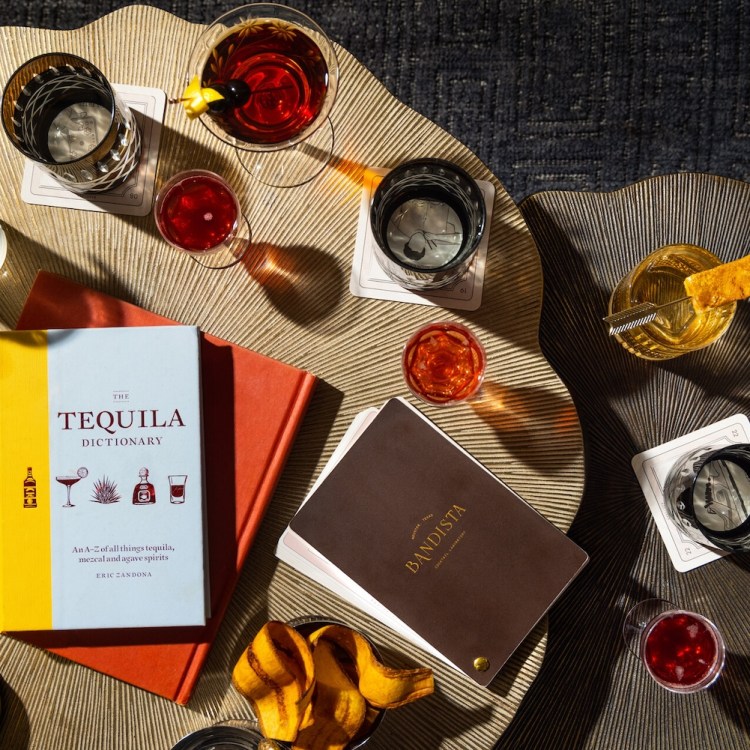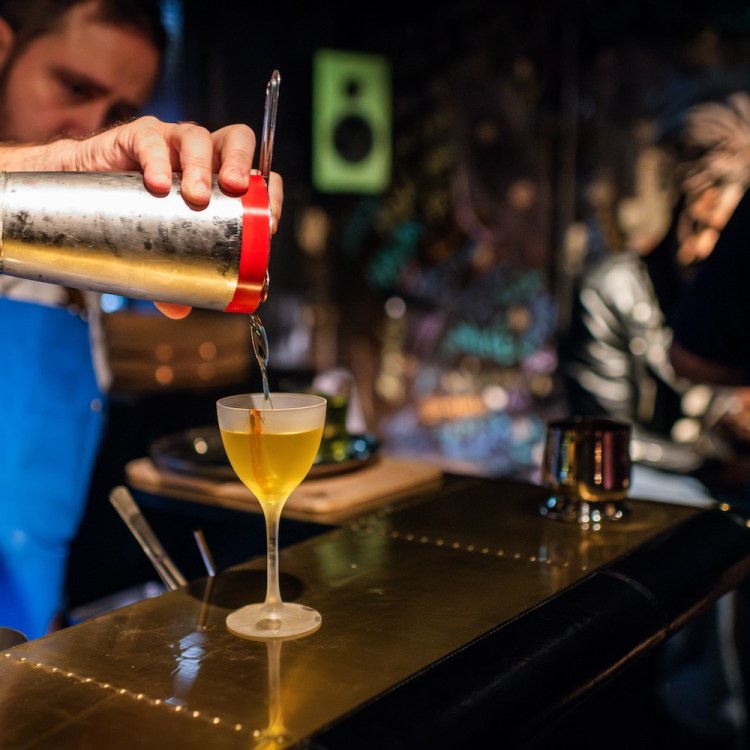You love Mexico. Tens of millions of you visit there annually. Heck, the Mexican government had to finally ban you from getting into the water with their sharks. Sharks! That’s how much you love visiting Mexico.
And you love Mexican alcohol. Mexico’s Modelo Especial is now the best-selling beer in America. Perhaps even more amazing is your consumption of tequila and mezcal. You’ve been drinking a lot of mezcal lately, but even that pales in comparison to the amount of tequila you’re imbibing. Mezcal production between 2019 and 2022 increased from 7.15 million liters to 14.17 million liters. Almost double! During that same period, tequila production “only” increased by 85%. But that’s from 351.7 million liters to 651.4 million.
Having said that…do you know the difference between tequila and mezcal? Most people don’t so let’s set the record straight — and let’s do that by starting with the similarities.
The similarities between tequila and mezcal
Both tequila and mezcal are agave spirits. They are also both “Denominations of Origin,” in the same way that Scotch and bourbon are expressions of whiskeys. There are rules about how they can be made and where they can be made, and those rules are established by the countries that control those Denominations of Origin.
Mexico, obviously, controls what can and cannot be called tequila and mezcal. For starters, both must be made by distilling fermented agave. To do that, the agavins — a carbohydrate that comprises the bulk of the heart of the agave plant — need to be converted into fermentable sugars. To make either agave spirit, you can do this conversion by cooking it in an underground oven, an above-ground brick oven or by using steam. You can also use a machine called a diffusor, which is super-efficient, but not super-beloved by agave nerds.
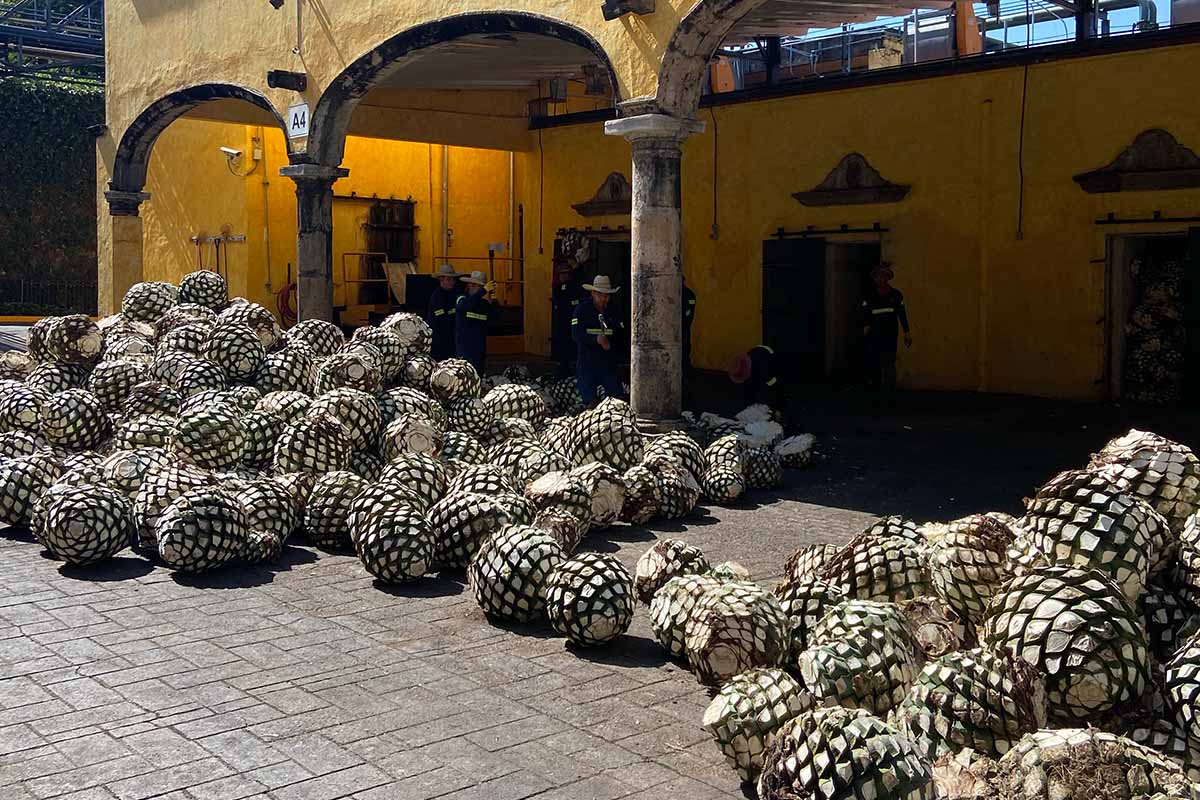
The diffusor mills the agave before the agavins are converted to fermentable sugars. If you’ve instead used one of these more traditional cooking methods, you’d mill after — sometimes using a modern machine like a woodchipper, sometimes using a stone wheel (pulled by a horse or ox, or by a different kind of machine). Sometimes the milling is done by hand, by humans, using tools like wooden hammers, wooden mallets, or axes.
Those fermentable sugars then need to be fermented. This can be done either in an open-air container, with naturally occurring yeasts that live in the air all around us, or in a closed container with yeast added, which is how the vast majority of alcohol is fermented, to avoid the naturally occurring acetic acid bacteria that wants to turn that alcohol into vinegar.
Once fermented, the tepache of alcohol and water (and sometimes agave fibers) needs to be distilled. Basically, you want to separate the alcohol from as much of the water as possible. Some of it is going to hang around. If distillation occurs in a wood-fired still with a pot made of clay, copper or steel, you’ll have more water clinging to your evaporated alcohol molecules than you would if you used something more industrial, like a column still. But you can use either method for making tequila or mezcal.
How are tequila and mezcal different?
First, the Mexican government says that tequila can only be made in the state of Jalisco and specific communities in the states of Guanajuato, Michoacan, Nayarit and Tamaulipas. Mezcal can only be made in Oaxaca, Zacatecas, Durango, Guanajuato, Guerrero, San Luis Potosí, Tamaulipas, Michoacán, Puebla and Sinaloa. So there’s a geographical difference.
Second, while both spirits are distilled from fermented agave, there are literally hundreds of kinds of agave. Only one can be used to make Tequila: Tequilana Blue Weber, or Weber Azul. Any of those hundreds of agave can be used to make Mezcal.
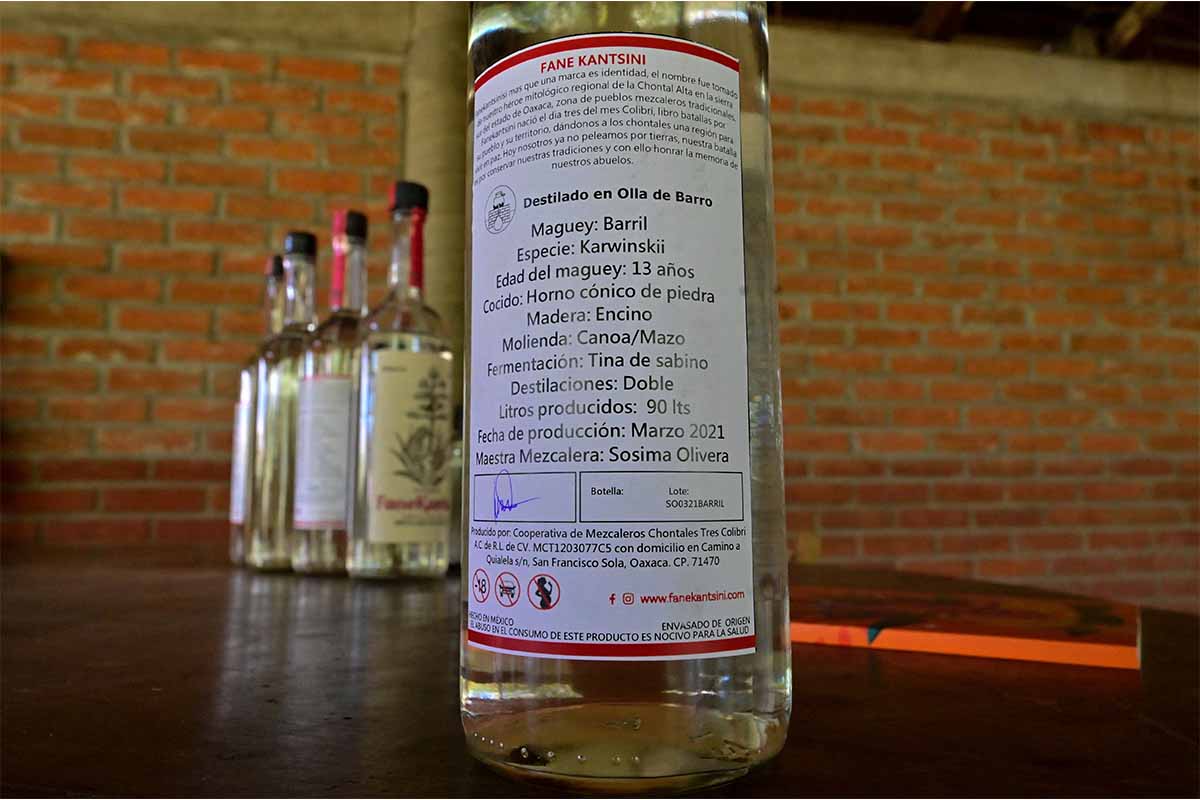
There are a bunch of other, smaller ways in which tequila and mezcal differ — how they define terms for barrel-aged expressions, the allowable levels of superior alcohols and other chemical compounds, and the bodies that certify them, among others. But the only other significant difference is that mezcal can only be made from agave — which is to say, the fermented sugars have to all come from agave. With tequila, if it’s not labeled “100% agave,” up to 49% of the sugars can come from something other than Tequilana Blue Weber (but not another kind of agave).
That’s made even more confusing by the fact that, sometimes, a bottled that is not labeled “100% agave” could actually be 100% agave – it’s just bottled outside of the Denomination of Origin. So if a brand wanted to reduce its carbon footprint on shipping, it could bulk ship to a place like Australia and have it bottled there. With mezcal, that is not an option — to be labeled as mezcal, it has to be bottled within those ten states in the DO. Unless it’s been grandfathered in, which is why some Mezcal has been bottled in Jalisco. Again, confusing.
6 Mexican Spirits You Should Know That Aren’t Tequila or Mezcal
Put down the margarita, and pick up… some rum?And then it’s made even more confusing by the addition of other Denominations of Origin within Mexico that consists of agave spirits, like raicilla, bacanora and comiteco. Or the agave spirits that aren’t covered by a Denomination of Origin, like tuxca and tepe. Or the non-agave spirit that gets lumped in with agave spirits, sotol.
But to get back to the simple concept of this article, what’s the difference between tequila and mezcal? Do those basic differences explain why they taste so different? I’d suggest, in an odd way, it’s the similarities that make them taste so different. And the sales numbers.
Imagine you had a bar that housed 100 bottles of tequila and another bar with the same number of mezcals. If you randomly grab a bottle off that tequila bar, you have about two chances in a hundred of getting a bottle that is made entirely in a pre-industrial manner – all of that underground cooking, the hand-milling, the open-air wild fermentation. Reach for a bottle from the mezcal bar, and it’s the opposite: you have two chances in a hundred of getting a bottle made entirely in an industrial manner.
Again, in 2022, 14.17 million liters of mezcal were distilled, while tequila clocked in at 46 times that. Mezcal production is just over 2% of tequila production. The demand is so much lower – at least, right now, it’s lower. That gives brands the luxury of not having to crank up production – aka not having to move to an industrial model. So much of it is still made in a pre-industrial manner.
Now, that’s going to change. When it does, I suspect the differences in flavor profiles between tequila and mezcal will become more blurred. So drink up now — in some ways, we’re living in the golden age of agave spirits.
Join America's Fastest Growing Spirits Newsletter THE SPILL. Unlock all the reviews, recipes and revelry — and get 15% off award-winning La Tierra de Acre Mezcal.
